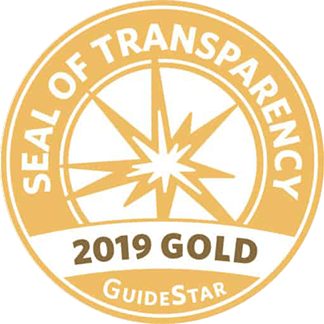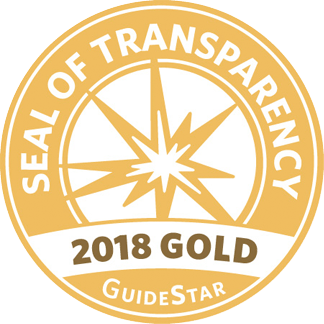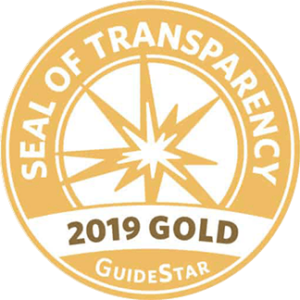Overview of Family Leave Laws in the United States:
Minnesota
Updated on March 11, 2024
Return to Family Leave Laws Home | Search Family Leave Laws | Export page as PDF
| Minnesota | |
| What purposes can leave be used for? | Family and medical leave can be used: (1) for a worker’s own serious health condition; (2) to bond with a child within one year of the child’s birth, adoption, or placement for foster care; (3) to care for a family member with a serious health condition; (4) to address certain military family needs; or (5) to address certain medical and non-medical needs arising from domestic abuse, stalking, or sexual assault, also known as “safety leave.” Benefits begin Jan. 1, 2026. |
| Who is covered? California, New Jersey, Rhode Island, Washington State, Massachusetts, and Connecticut also provide some coverage for previously covered workers who have a qualifying need for family or medical leave while they are unemployed, while New York and Hawaii also provide some coverage for previously covered workers who have a qualifying need related to the worker’s own health. Details vary by state. States that aren’t currently implementing their programs will also likely provide some coverage for previously covered workers during unemployment, though final regulations will be needed to specify details |
Almost all employees are covered. |
| Are public sector workers automatically covered? Note that no state law covers federal employees. |
Yes. |
| Are domestic workers covered? | Yes. |
| Can self-employed workers opt-in to coverage? | Yes. |
| What are the requirements to qualify for benefits? | Workers must have earned at least 5.3% of the state average annual wage rounded down to the next lower $100 in the base period. The base period is the first 4 of the last 5 completed quarters or the 4 most recently completed quarters (depending on the effective date of the worker’s application). Workers who 1) have not earned 5.3% of the state average annual wage rounded down to the next lower $100 in the base period, and 2) have received workers’ compensation for temporary disability or have received compensation for loss of wages because the worker’s own serious illness caused a loss of work may request a base period of the first four of the most recent seven, eight, or nine completed calendar quarters (depending on the length of the loss of work for which they were compensated). This can combine income from more than one employer. |
| What family members are covered? | A family member includes a worker’s child, child-in-law, parent, legal guardian, parent-in-law, sibling, grandparent, grandparent of a spouse, grandchild, spouse, domestic partner, and an individual who has a relationship with the worker that creates an expectation and reliance that the worker care for the individual, whether or not the worker and the individual reside together. |
| How is the program funded? | Workers and employers share the cost of all leave. Employers can withhold up to 50% of the premium from workers’ wages; employers cover the remaining cost. A self-employed individual who elects coverage is required to pay the full cost of family and medical leave premiums. The employer portion of the premium will be reduced for employers with fewer than 30 employees (their employer premium will only be based on a portion of wages paid to their employees). Initially, the total premium is 0.7% of wages. Specifically, the statute provides that “employers with fewer than 30 employees, the amount of wages upon which quarterly employer premium is required is reduced by the premium rate to be paid by the employer multiplied by the lesser of: (1) $12,500 multiplied by the number of employees; or (2) $120,000” and for “each employee over 20 employees, the exclusion is reduced by $12,000,” provided that the employer premium not be less than zero. Premiums do not apply to wages above the Social Security contribution base. For the calendar year of 2027 and each calendar year thereafter, the state will set the premium based on a formula set by statute and not to exceed 1.2% of wages (with premiums not applying to wages above the Social Security contribution base). Premiums begin January 1, 2026. |
| What percentage of wages do workers receive? | 90% of a worker’s average weekly wage up to an amount equal to 50% of the state average weekly wage, 66% of a worker’s average weekly wage above an amount equal to 50% of the state average weekly wage and up to 100% of the state average weekly wage, and 55% of a worker’s average weekly wage above an amount equal to 100% of the state average weekly wage |
| What is the maximum weekly benefit? | 100% of the statewide average weekly wage |
| For how long can a worker receive benefits? | Own health: Up to 12 weeks in a benefit year. Family and safety leave: Up to 12 weeks in a benefit year. Total: Up to 20 weeks in a benefit year. |
| Is there an unpaid waiting period? | No Note, however, that—except for bonding with a new child—the family, medical, or safety event (for which an individual seeks benefits) must have a duration of at least 7 calendar days. |
| Are workers entitled to have their jobs back when they return? | Yes, if they were hired by their employer at least 90 days before taking leave. A worker returning from paid family or medical leave must be restored to the worker’s prior position or “an equivalent position with equivalent benefits, pay, and other terms and conditions of employment.” Workers who receive health insurance through their employers are entitled to continuation of those benefits while on paid family and medical leave. Note, however, that a worker’s right to reinstatement may be waived for “employees who are working in the construction industry under a bona fide collective bargaining agreement with a construction trade union that maintains a referral-to-work procedure for employees to obtain employment with multiple signatory employers, but only if the waiver is set forth in clear and unambiguous terms in the collective bargaining agreement and explicitly cites” certain sections of the law. |
| How is the insurance provided? | By default, workers are covered through the state fund. Employers can apply for approval of a private plan, which must provide benefits at least equivalent to those available through the state. |
| Statutory Citation | See H.F. 2, 93d Leg., Reg. Sess. (Minn. 2023), https://wdoc.house.leg.state.mn.us/leg/LS93/HF0002.9.pdf |







